Order Includes:
- One WW1 Shrapnel Piece
- Elegant protective case for preservation and display of your artifact
- Certificate of Authenticity
Enjoy Free Shipping For US Orders!





Please Note: Our items are original artifacts, therefore they cannot be produced to meet demand. For this reason our items tend to sell out quickly, and this item may not be available in the near future.
During World War I, the German military—like other major powers engaged in the conflict—employed shrapnel-based munitions as part of their standard artillery arsenal. The term “shrapnel” originally derived from a British-invented shell type containing numerous small metal balls meant to be dispersed mid-air to create lethal anti-personnel effects. By 1914, this concept had been widely adopted and integrated into various artillery calibers across the European armies, including that of Imperial Germany.
German shrapnel shells typically featured a hollow projectile filled with small lead or steel balls. These were capped by a time-fuse set to detonate the shell before it hit the ground, causing the casing’s forward end to burst open and scatter the contents over a wide area. Unlike high-explosive shells, which relied on the fragmentation of their own metal casings to injure and kill, shrapnel shells produced a concentrated spray of pre-formed projectiles. Fired from field guns, such as the widely used 7.7 cm Feldkanone 96 n.A., these rounds were intended to break up massed troop formations and cavalry charges. In the early stages of the war, when armies still maneuvered in relatively open terrain and when large-scale infantry assaults across fields were common, shrapnel’s effectiveness was stark and brutal.
However, as the conflict evolved into a grueling stalemate of entrenched positions, the tactical usefulness of shrapnel rounds began to wane. The nature of trench warfare—characterized by fortified lines, deep dugouts, barbed wire, and limited opportunities for massed enemy formations to be caught in the open—reduced the utility of a munition designed primarily to scatter troops in the field. As both sides dug in and developed more sophisticated methods of protection and cover, the Germans, like their opponents, gradually shifted their emphasis toward high-explosive (HE) shells and newer munitions that could better tear through wire, destroy parapets, collapse trenches, and dislodge enemy soldiers from fortified positions.
Ancient Artifacts guarantees the Authenticity of items sold through a three layer system of protection:
Your WW1 Shrapnel Piece will look very similar to the ones shown in the photos. There will always be some variety, given our items are unique historical pieces. The display case included is openable so that you may easily handle and closely observe the artifact.If for whatever reason you get anything that does not fit this description you are entitled to your money back!
These shrapnel pieces were found kept in storage in massive quantities after the war, which were then sold to military auctions.


463 Reviews
The delivery took quite a while, but this has nothing to do with the saler. I am very happy with my purchase, having a real piece of history in my home is really cool. The little display case looks nice and sturdy.
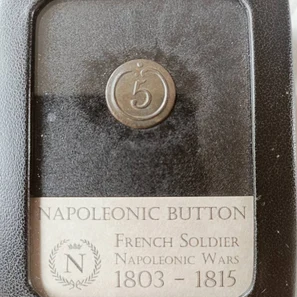
Fast shipping came in great condition well package.
Coin is very beautiful. Five stars.
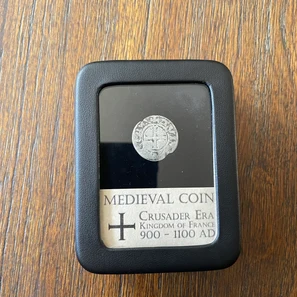
All perfect packaging and excellent delivery times. It was a real pleasure
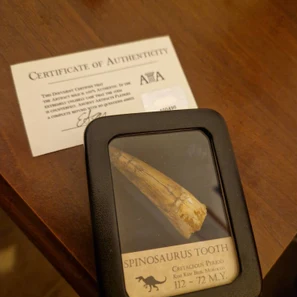
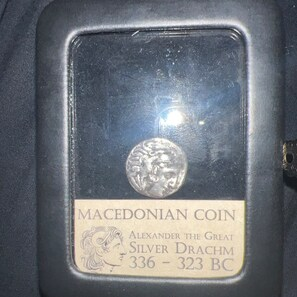
The button arrived upside down in the display case so I had to open it up and fix it before gifting. Other than that everything was great! Neat gift.
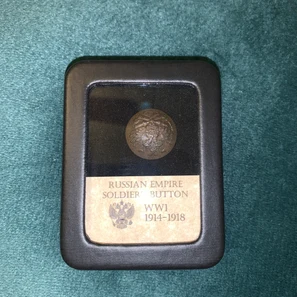
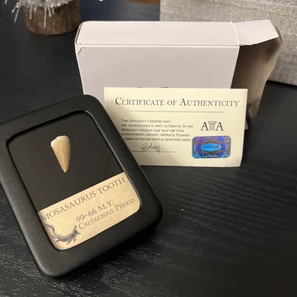
Fast shipping, the coin came with COA and was exactly as pictured! Thank you!
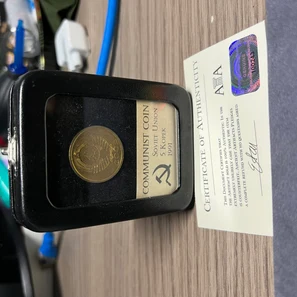
Gorgeous object. However, I would have preferred more details in his description.
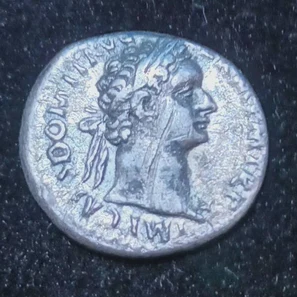
Comes with the little display case and everything advertised in the picture. Awesome store
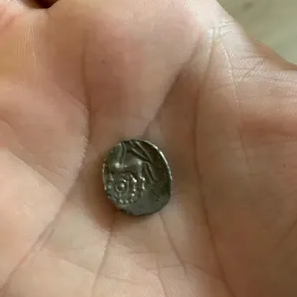
Very cool coin! I bought it for my dad for Father’s Day and I know he’s going to love it.
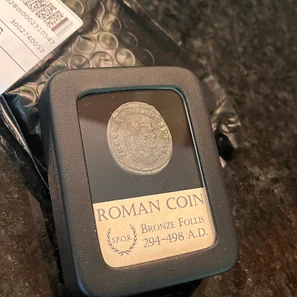
The seller was super helpful And professional during the inquiry before and during the purchase. He helped to pick out a beautiful piece for my brothers gift! Highly recommend.
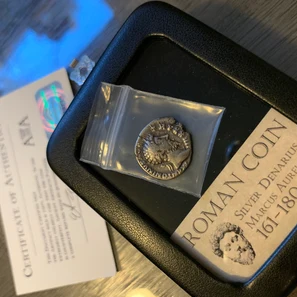
Definitely don’t want one of these to sink its teeth into me.
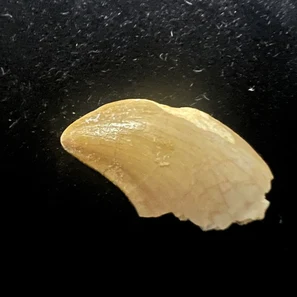
Condition of coin was as described and shipping was very fast. Thank you.
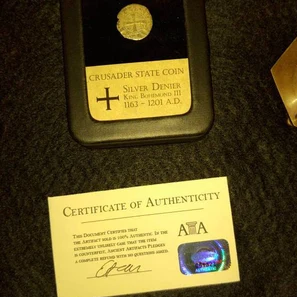
I really enjoyed receiving this coin display! It came well packaged and arrived on schedule. The display packaging is great and the coin looks to be well above circulated condition. Perfect!
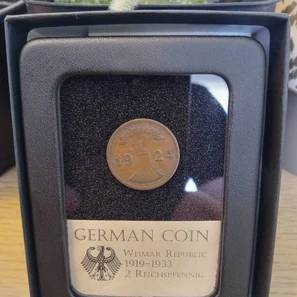
Great pin in a wonderful time presentation box!
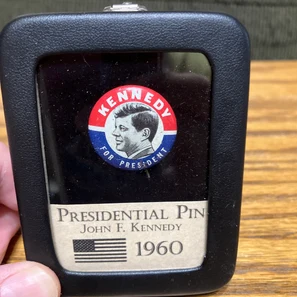
I like the coin a lot, it is a very nice piece of history. Fits perfectly in to my collection. Delivery was on time and packaging very good. The case that it is in is just so nice it looks like in a museum. :)
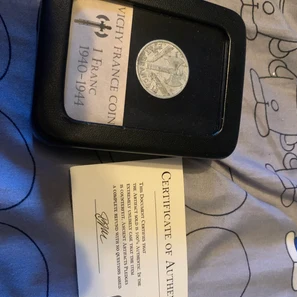
Amazing! I love both the coins I got from here!! I can’t wait to give them to their recipients for Christmas!
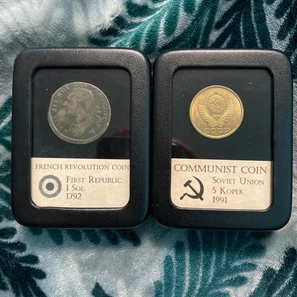
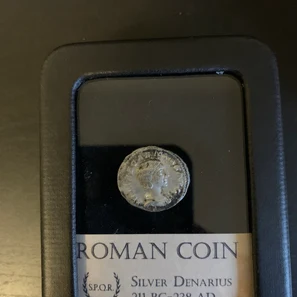
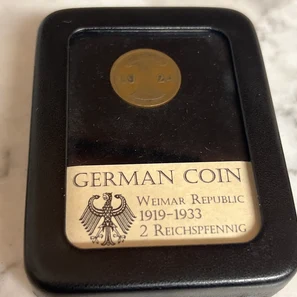
The Coin and case is awesome! The only additional thing that could make it perfect would be a little description of what/who the coin faces represent and possibly where the specific coin was found. Otherwise very content
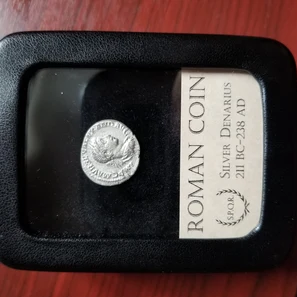
They were so helpful and patient with me I couldn’t be more grateful. They gave me such good service and such fast shipping I’m buying another coin when I get paid again!! I’m going to continue buying from these guys, it looks even better in person. It’s everything I was hoping for:) I’m obsessed with it it looks amazing in my collection:)
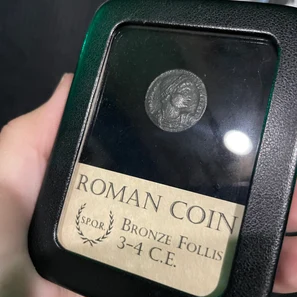
Great item with case. Carefully packaged. A great find!
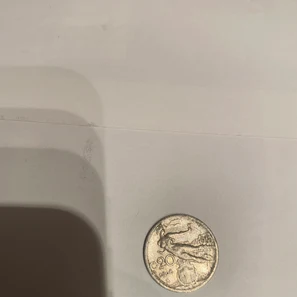

All Ancient Artifacts orders are backed by a lifetime authenticity & satisfaction or money-back guarantee